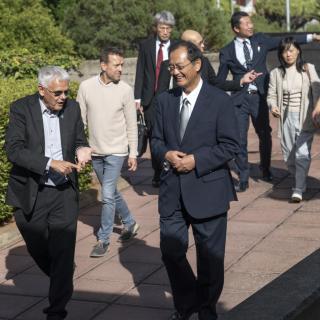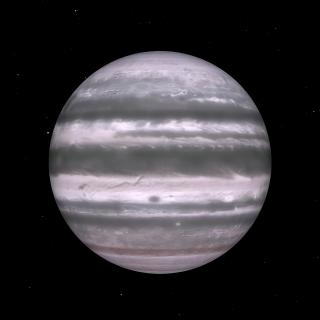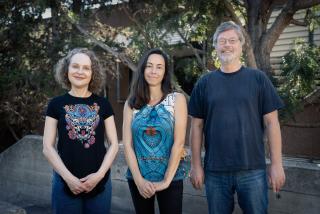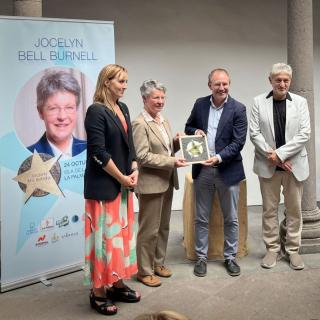
El embajador de Japón en España, Takahiro Nakamae , visitó esta semana la sede central del Instituto de Astrofísica de Canarias (IAC) y el Observatorio del Teide, junto con Shinji Yamada, cónsul de Japón en Las Palmas de Gran Canaria, junto a personal de su equipo. En la sede central fueron recibidos por Valentín Martínez Pillet, director del IAC; y por el responsable de Instrumentación, Marcos Reyes; y por la jefa de la Unidad de Comunicación y Cultura Científica (UC3), Verónica Martín. En la sede central del IAC conocieron las instalaciones y las principales líneas de investigación del
Advertised on



